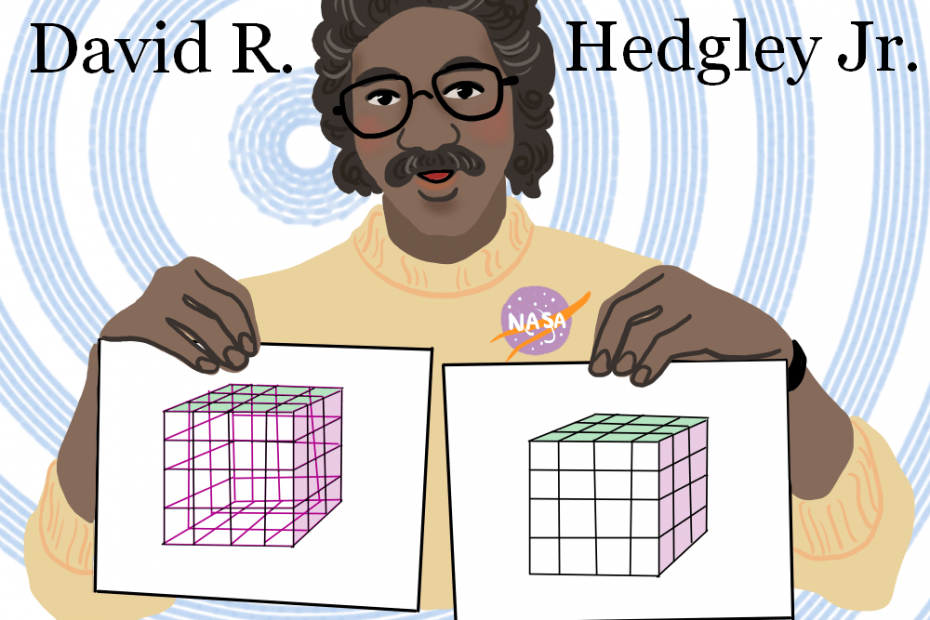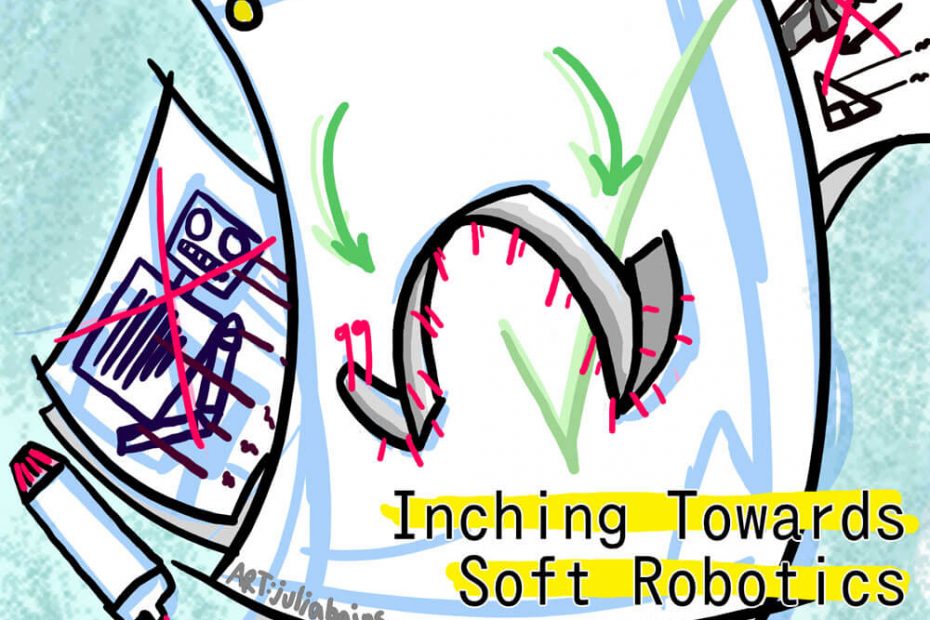David R. Hedgley, Jr.
From an architect’s building design to your favourite video game, computer-generated 3D graphics are seamlessly integrated into our daily lives. One notably significant figure in this field is mathematician and computer scientist David R. Hedgley, Jr, who came up with an algorithm to solve the “hidden-line problem” of computer graphics.



